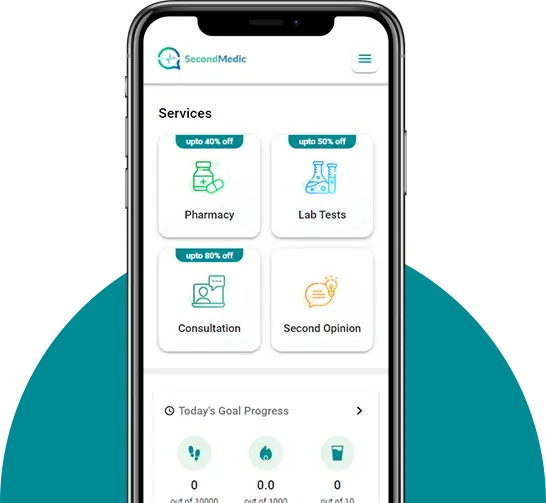Q. What advancements and innovations have been made in pacemaker technology in recent years?
Doctor Answer is medically reviewed by SecondMedic medical review team.
In recent years, pacemaker technology has seen some exciting advancements and innovations. These improvements aim to enhance patient safety, increase device longevity, and improve overall quality of life.
1. Smaller and Leadless Designs: One of the significant changes is the development of smaller pacemaker devices. Some are even leadless, meaning they don't require traditional lead wires. This reduces the risk of lead-related complications and makes the procedure less invasive.
2. Wireless Monitoring: Modern pacemakers can be wirelessly monitored. This means doctors can keep a close eye on the device's performance without the need for in-person visits. It's a huge convenience for patients and can lead to quicker intervention when needed.
3. MRI Compatibility: Many new pacemakers are MRI-compatible. This is a game-changer for patients who require MRI scans for various medical conditions. In the past, having a pacemaker meant you couldn't undergo an MRI, but this limitation is becoming less of an issue.
4. Extended Battery Life: Battery life has improved. Newer pacemakers have longer-lasting batteries, reducing the frequency of replacements. This is a significant relief for patients who would otherwise need more frequent surgeries.
5. Adaptive Programming: Some pacemakers come with adaptive programming that can adjust heart rate settings based on the patient's activity level. This leads to a more natural and energy-efficient heart rhythm.
6. Leadless Pacing: Leadless pacemakers are entirely self-contained within the heart. They're implanted via a catheter and don't require leads. This innovation lowers the risk of lead-related complications.
7. Remote Monitoring Apps: There are mobile apps that allow patients to check their device's status and transmit data to their healthcare providers. This puts more control and information in the hands of patients.
8. Improved Sensors: Advanced sensors can detect various aspects of the patient's condition and adjust pacing accordingly. For example, they can sense changes in respiration or physical activity and adapt the pacemaker's function.
9. Biological Pacemakers: Research is ongoing in developing biological pacemakers using gene therapy and stem cell technology. These hold the promise of a more natural and permanent solution.
In conclusion, pacemaker technology is rapidly evolving, bringing greater convenience, safety, and improved quality of life to patients. These recent advancements and innovations are transforming the landscape of cardiac care, ensuring that individuals with heart rhythm disorders can lead more fulfilling and active lives. It's an exciting time for those in need of these life-saving devices.











